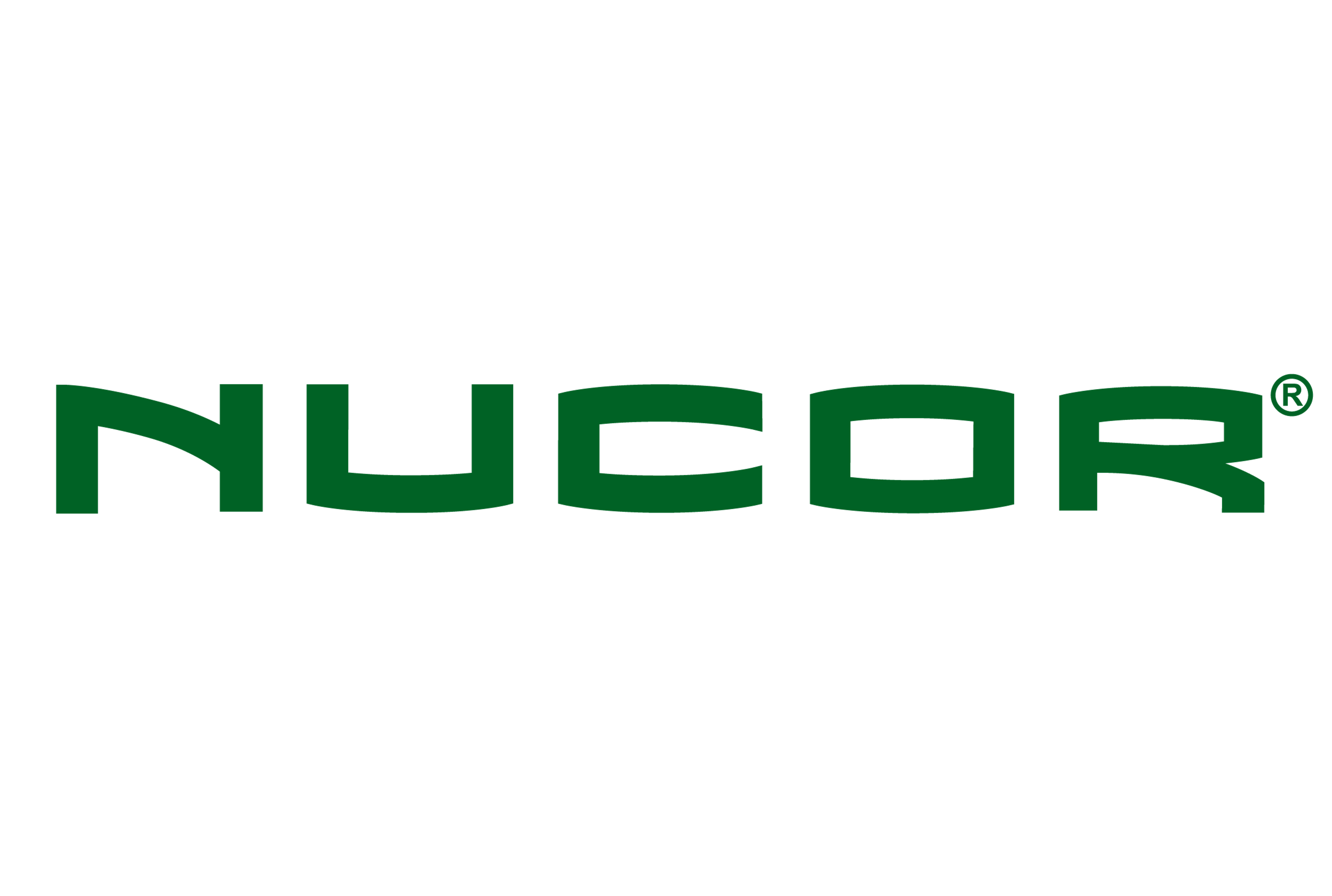Market Segment
July 21, 2023
CRU Aluminum: Measuring the Effects of Section 232
Written by Matthew Abrams
With the latest announcement between India and the US easing Section 232 duties, it is clear the duties, initiated in 2018, are under review. Now that five years have passed, a good amount of data has been gathered to analyze the effects of the policy. Judging from each scheduled review of the economic effects of the policy resulting in its continuation, it is clear that it has had a positive impact on parts of the industry. However, there are also a handful of knock-on effects that have become apparent.
The US Midwest premium was the first to feel effects from the new tariffs as it captures the cost of importing metal into the US. The result was a level increase that added on 15% to the premium overnight. While that was expected, other spillover effects have become apparent. For example, the standard deviation of the premium, which is a measure of volatility, increased from just over $0.04 to close to $0.14/lb. Some of this can be attributed to the multitude of once-in-a-lifetime type events such as the pandemic and the war in Ukraine, but there is a strong likelihood that the duty also had an effect.
Trade flows also adjusted almost immediately after Section 232 came into effect. Flat-rolled product imports into the US were steadily climbing in the years leading up to 2018 but fell directly after 232 was enacted. Import volumes were starting to gain share in recent years but have peaked well below 2017 volumes. Section 232 has had the opposite effect for imports of extruded products, which are currently excluded from the tariff. Starting from 2018, extrusion imports have gained domestic market share. This is a big factor in recent arguments from the Aluminum Extruders Council and others regarding the negative effects the policy has had on domestic extruders.
Macro Variables Continue to Send Mixed Signals
Now that inflation has eased consistently over the past six months, a bit of optimism has crept into the economy. Consumer sentiment has been improving as the shift to credit to preserve current spending habits has started. Many of the stresses in the banking sector have worked their way out of the system and there is now hope of a soft landing for the US economy.
While macro conditions are improving slightly, there is still ample risk heading into the second half of the year. One new concern has popped its way into conversation is that the demand slowdown and subsequent disinflationary pressure is not a direct reaction to the interest rate hikes. Rather, it could potentially be a correction from the post-pandemic rush working to re-normalize consumption trends. Historically, interest rate hikes have started to take full effect roughly 18-24 months after the first increase. With 20% of new car payments now estimated at over $1,000/month and prices still gaining faster than Federal Reserve’s inflation targeted rate, it is easy to wonder how long the consumer can keep up.
The housing market is a good barometer for the economy. Home sales had jumped earlier in the year adding to that optimism, but the last two months have shown mid-single digit declines m/m. The year-on-year (YoY) trend is still deeply negative, with June’s 18.8% drop in line with previous recessionary periods. Housing supply has not improved meaningfully despite this drop in sales, and is at 3.1 months. The US rent index from Zillow has stabilized this month after a dramatic rise and fall over the last year, and is back in line with historic norms. This hints that despite a housing market that is still short, the higher home prices, combined with higher interest rates, are keeping would-be buyers out of the market.
LME Stabilizes After Breaking $2,200/t Support
The LME aluminum three-month price was broadly stable on the morning of July 21 and was last seen trading at $2,195 per tonne. The price has been under renewed selling pressure since hitting a one-month high the previous week, and support at $2,200/t is not yet secured. The SHFE aluminum price, meanwhile, was also broadly stable. The cash contract settled at RMB18,275/t and last traded at RMB18,320/t.
The US Midwest premium shifted lower the week ended July 21 to under $0.23/lb. on weak volume and no demand recovery in sight. Current replacement costs have fallen dramatically YoY, with both ocean and overland freight costs softening, giving more room for it to fall.
Learn more about CRU’s services at www.crugroup.com






